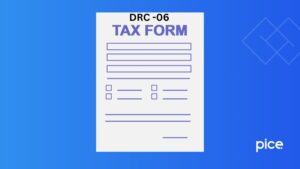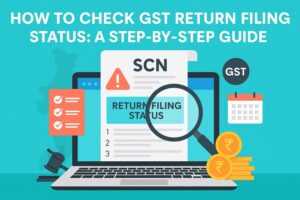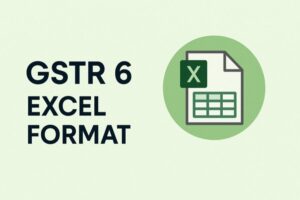FAQ on GST Annual Return GSTR 9
- 20 Jan 25
- 7 mins

FAQ on GST Annual Return GSTR 9
- What is a GSTR-9 form, and who is eligible to file GSTR-9?
- Is it compulsory to provide an HSN-wise summary in GSTR-9?
- Where can I report the ITC reversal in GSTR-9?
- How can I pay the differential tax on the form GSTR-9?
- Is it mandatory to file GSTR-9 if the annual turnover is below ₹2 crore?
- Should I file a GSTR-9 return at the entity level or GSTIN level?
- How do you rectify the ITC difference between GSTR-2A and GSTR-3B in GSTR-9?
- What is the penalty for late filing of the form GSTR-9?
Key Takeaways
- Eligibility: GSTR-9 is mandatory for all GST-registered taxpayers, with some exemptions.
- HSN Reporting: Businesses with ≥₹5 crore turnover must report 6-digit HSN codes.
- Tax Payments: Additional tax is paid via Form GST DRC-03 post-GSTR-9 filing.
- No Edits: GSTR-9 cannot be revised after submission.
- Penalties: Late filing incurs ₹50-₹200 per day, capped at turnover percentages.
Filing the GSTR-9 form is an essential compliance requirement for GST-registered taxpayers, providing a comprehensive overview of their transactions for the financial year. However, the process can be complex, with sector-specific challenges and detailed reporting requirements, such as the inclusion of HSN summaries, ITC reversals, and demand/refund details.
What is a GSTR-9 form, and who is eligible to file GSTR-9?
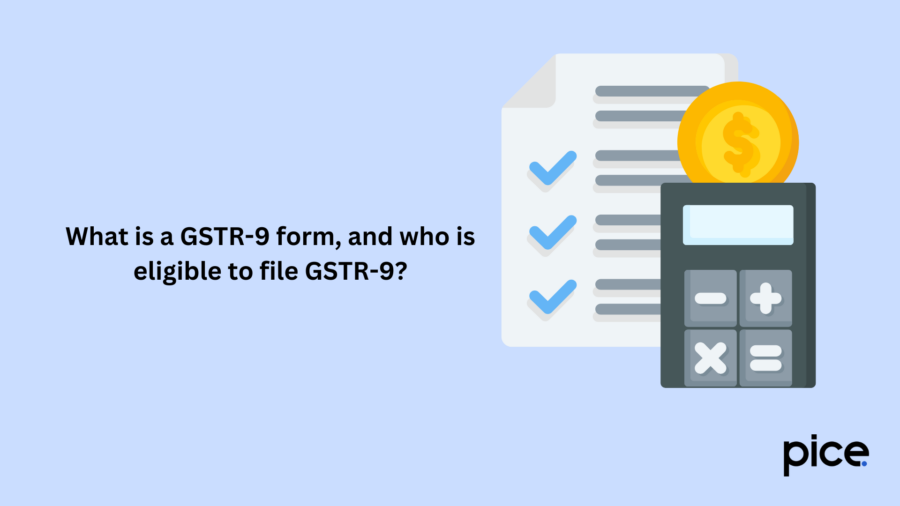
GSTR-9 is an annual return form that every GST-registered person must file, regardless of their turnover. This return comprises some basic information such as inward and outward supplies, tax paid, refund claimed, demands raised, and input tax credit availed by the taxpayer. However, certain taxpayers are exempt from filing GSTR-9, which includes:
- Casual taxpayers
- Input Service Distributors (ISD)
- Non-resident taxable person
- Taxpayers deducting or collecting tax at source under Sections 51 or 52
Is it compulsory to provide an HSN-wise summary in GSTR-9?
In the case of GSTR-9, an HSN-wise summary is required only under specified conditions. As for the financial year 2021-22, the HSN Summary for Outward Supplies (sales) should be included in GSTR-9 in Table 17.
Businesses with an annual turnover of ₹5 crore or more are compelled to furnish HSN codes at a 6-digit level. Meanwhile, those with an aggregate turnover of up to ₹5 crore should provide a 4-digit level for B2B supply reporting.
Where can I report the ITC reversal in GSTR-9?
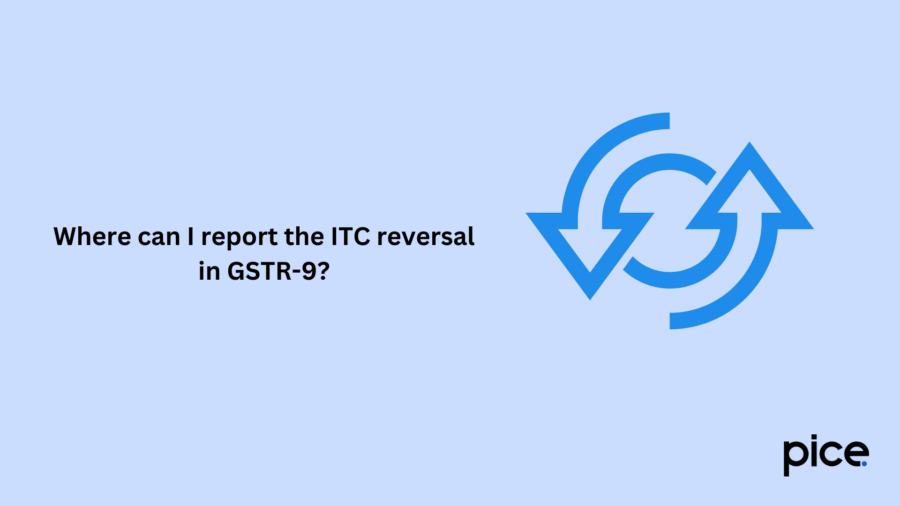
You should report the ITC reversal in Table 7 of the GSTR-9 annual return. Additionally, if any ITC was availed in the previous financial year and reversed before the 30th of November of the subsequent year, it should be reported in the GSTR-9 Table.
How can I pay the additional tax liability in GSTR-9?
Once you have filed your GSTR-9 return on the GST portal, a link will be provided to access Form GST DRC-03 for making any payment of taxes, if applicable. Any additional liability can only be paid using Form GST DRC-03, and the payment must be made through the utilisation of funds from the electronic cash ledger.
How can I pay the differential tax on the form GSTR-9?
To pay any differential tax after the annual return filing your form GSTR-9, you will receive a link to access Form GST DRC-03. Any additional payment of tax must be made through the GST DRC-03 functionality, using the balance in your electronic cash ledger.
Can a composition taxpayer file GSTR-9?
Yes, a taxpayer under the composition scheme can file Form GSTR-9 for the period during which they were registered as a regular taxpayer.
Is it possible to revise a GSTR-9 return after it has been filed?
No, after submitting the GSTR-9 return, you cannot make any changes or corrections in the form. Once you submit the annual return, it is regarded as the final payment by the GST department. However, you can contact the department to inquire if you can separately submit the corrections.
Is it mandatory to file GSTR-9 if the annual turnover is below ₹2 crore?
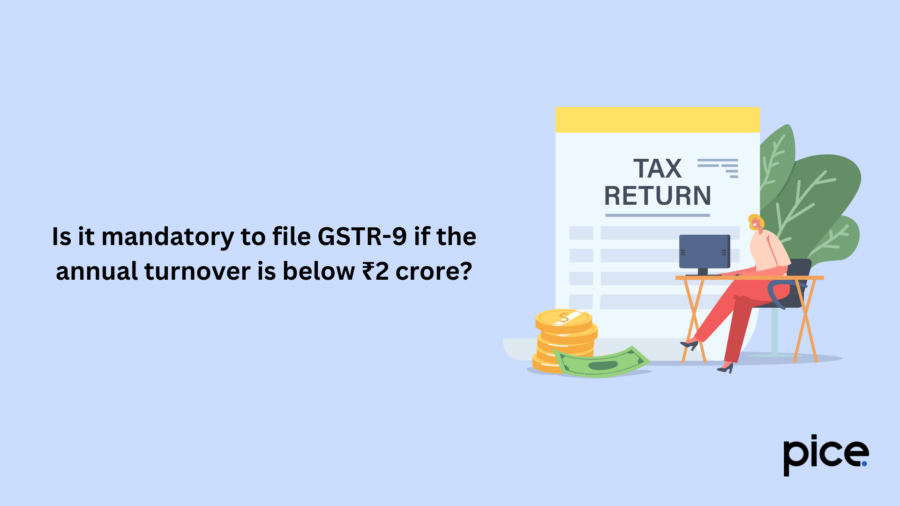
No, it is not mandatory to file a GSTR-9 return if the annual turnover of your business is below ₹2 crore. However, you can file this form for your business if you want to reduce the GST compliance burden.
If my GST registration was cancelled during the financial year, say FY 2023-24, am I still required to file GSTR-9?
Yes, you still have to file the annual return in form GSTR-9 if you were a GST-registered person, even if your registration was cancelled during the financial year, such as in FY 2023-24, or if you were a registered person for just one day. The requirement to file the annual return applies regardless of the duration of the GST registration.
Should I file a GSTR-9 return at the entity level or GSTIN level?
You should file the GSTR-9 return form separately for each GST registration, regardless of whether the registrations are within the same state or across different states, as long as they are under the same PAN.
Therefore, a taxpayer with multiple GST registrations is required to file an annual return for each GSTIN individually. Additionally, the obligation to file GSTR-9 applies even if the GSTIN was only registered as a normal taxpayer for part of the financial year or the entire year.
What are the different stock details I need to provide while filling up the annual return?
The movement, addition, or consumption of stock does not need to be disclosed in the annual return. However, the taxpayer is required to internally calculate the value of stock that is lost, stolen, issued as samples, or similarly disposed of. These changes will be incorporated in the monthly return, and the necessary information to be reported will be given under Part III of the annual return.
When is the due date to file the GSTR-9 form?
The GSTR-9 due date for a fiscal year will be December 31st of the following fiscal year unless the government extends it through a notification.
Who is not required to file GSTR-9?
Certain taxpayers are exempt from filing GSTR-9, including:
- Taxpayers under the composition scheme
- Casual taxable persons
- Unregistered persons
- Input Service Distributors (ISDs)
- Entities paying Tax Deducted at Source (TDS) under the CGST Act
- Entities collecting Tax Collected at Source (TCS) under the CGST Act
Additionally, for the financial year 2017-18 onwards, filing GSTR-9 has been made optional for small businesses with an aggregate turnover of up to ₹2 crore
What distinguishes GSTR-9 from GSTR-9C?
GSTR-9 is an annual GST return that needs to be filed once a year by regular taxpayers, regardless of whether they file monthly or quarterly returns. On the other hand, GSTR-9C is a reconciliation statement that compares the details provided in GSTR-9 with the taxpayer's audited financial statements and annual accounts.
How do you rectify the ITC difference between GSTR-2A and GSTR-3B in GSTR-9?
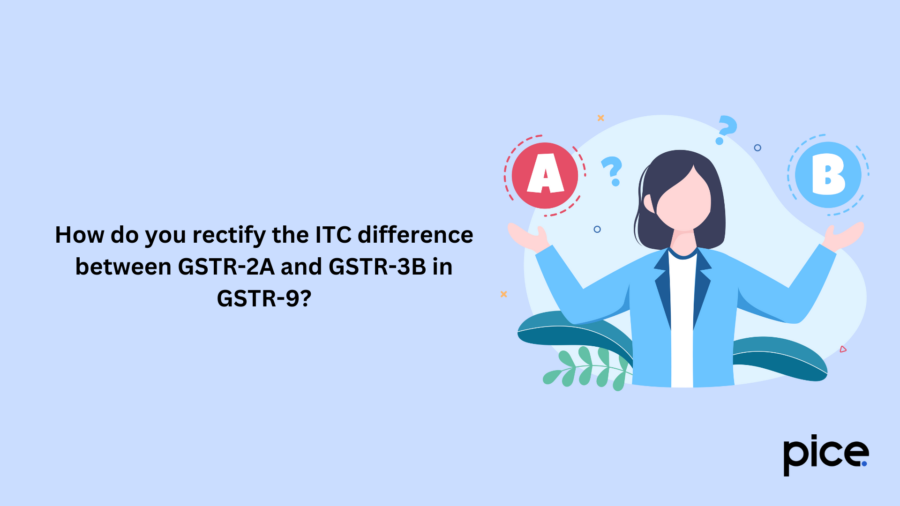
The differences in ITC reported in GSTR-3B and the auto-populated details from GSTR-2A need to be explained in GSTR-9 under two specific sections:
- Table 8E: This section is for reporting ITC that was available but not claimed.
- Table 8F: This section is for reporting ITC that was available but deemed ineligible.
What is the penalty for late filing of the form GSTR-9?
The penalty for late filing of the form GSTR-9 is as follows:
| Sl. No. | Business Turnover | Late Fee |
| Till ₹5 crore | ₹50 per day (SGST - 25, CGST - 25)Highest penalty is 0.04% of the turnover, consisting of 0.02% for CGST and 0.02% for SGST | |
| ₹5 crore to ₹20 crore | ₹100 per day (SGST - 50, CGST - 50)Highest penalty is 0.04% of the turnover, consisting of 0.02% for CGST and 0.02% for SGST | |
| Above ₹20 crore | ₹200 per day (SGST - 100, CGST - 100)Highest penalty is 0.50% of the turnover, consisting of 0.25% for CGST and 0.25% for SGST |
💡If you want to streamline your payment and make GST payments, consider using the PICE App. Explore the PICE App today and take your business to new heights.
 By
By 






